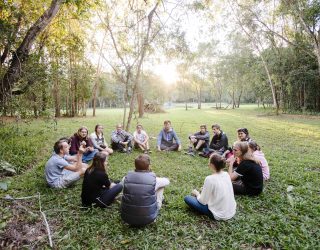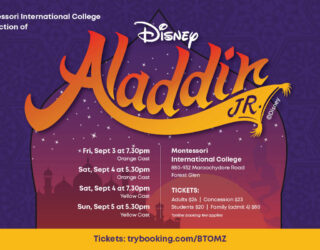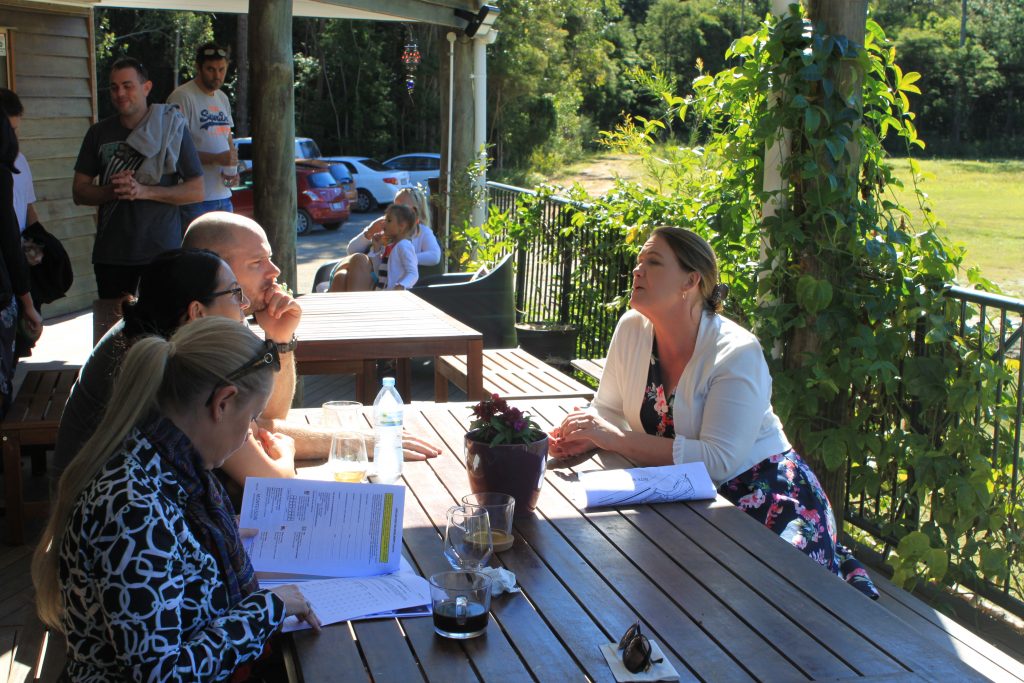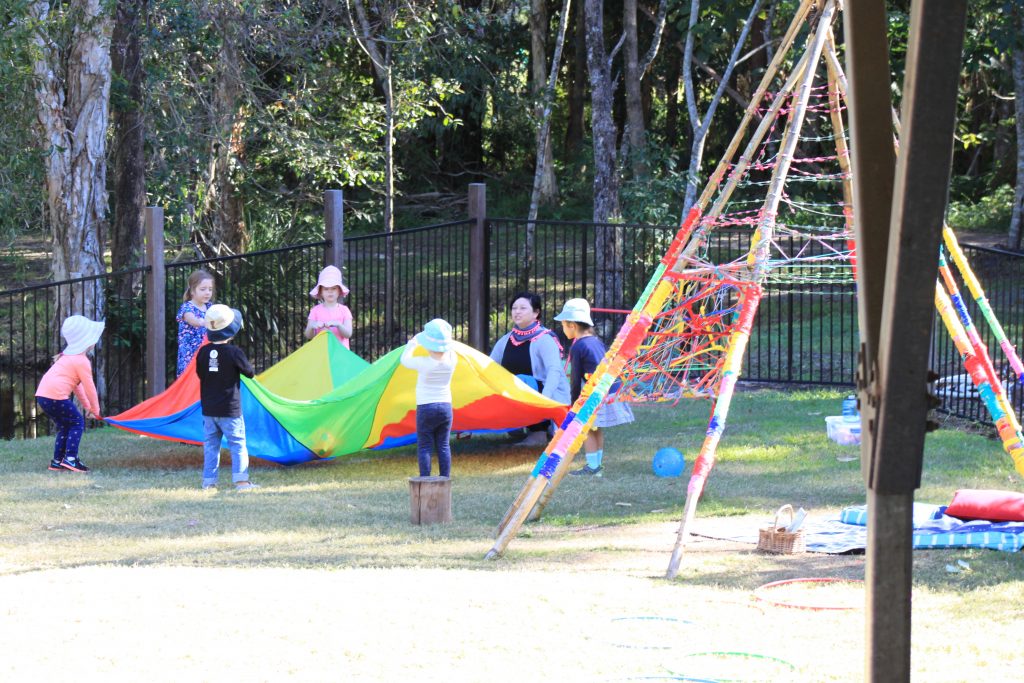In traditional schools, retention of material is measured primarily with regular standardised testing and grading. This method of assessment is given after-the-fact as a seal on what the student has (or hasn’t) learned. It is known as summative assessment as it purports to show the sum of a child’s learning. The structure of traditional classrooms further limits assessment. Teachers have students, all of the same age, for only one year, limiting their time horizon. And typically the teacher is the only source of feedback.
Montessori classrooms avoid these limitations. Assessment is mainly formative, meant to guide the child during learning. It occurs in the context of a longer time horizon. And it enables the child to learn from her peers or directly from the world. Activities are open-ended, encouraging exploration and creative thinking, and as such do not lend themselves to grading.
In a Montessori classroom feedback is given partially by the teacher, but mostly through the child’s direct experience with materials and peers. Most materials have a control of error that allows the child to know whether they have used the material accurately without waiting for a teacher. Younger children can also receive help from older children who have been in the classroom longer.
The multi-age classroom promotes familiarity and trust among a community of learners that includes children and adults. Returning students have an institutional memory of classroom procedures and rituals, and their daily management of many aspects of the classroom frees adults to teach individually and to carefully observe each child’s progress. Such personalised assessment provides more nuanced information than most forms of testing can reveal.
Primary children take ownership of their own progress through their daily work journal, weekly individual conferences with their teacher, by requesting specific lessons as the need arises, and by maintaining portfolios of work completed. These materials, and detailed daily observations of each child by the teacher, form the basis of reporting to parents.
Not only is comparative reporting often misleading for parents, and a cause of unwarranted anxiety, it is discouraging for students who score “poorly”, detrimental to both their self-esteem and their willingness to persist, as well as potentially negative for those who do “well’ by encouraging the valuing of high scores over the inherent satisfaction of learning.
Students in the Adolescent Community use the national curriculum (although it is delivered in a different way than you would find in a mainstream school) and they can undertake Queensland Certificate of Education (QCE) subjects and are graded accordingly. But a number of other paths to university have also been created.





















